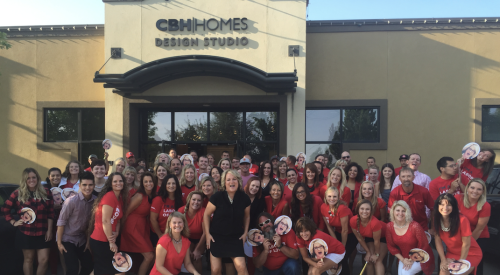Educating home buyers on the "realities of construction" helps manage expectations but it is not the long-term answer. This so-called "education" only serves to prepare the homeowner for disappointment and to lower expectations, i.e., expect to close with a list of callback items. While "production defect standards" are useful for limiting unreasonable demands, they do not have a positive effect on customer satisfaction. Meeting lowered expectations does not produce high satisfaction levels.
"The consumer is not the one that’s ignorant, it’s the builder. It’s more about how we adapt our businesses around meeting their needs." reports Pat Hamill, Oakwood Homes. "It’s really about creating adaptive companies to meet consumer needs. It’s not about education. They don’t want to learn."
Leading builders listen to what customers really expect, then develop the capabilities to exceed those expectations, i.e., complete homes with zero defects. This assures customer satisfaction, and presents the opportunity to amaze homebuyers who understand the accomplishment. "There are three kinds of companies," write Hamel and Prahalad in their book Competing for the Future:
Companies that try to lead customers where they don’t want to go; companies that listen to customers and then respond to their articulated needs (needs that are probably already being satisfied by more foresightful competitors); and companies that lead customers where they want to go, but don’t know it yet. Companies that create the future do more than satisfy customers; they constantly amaze them.
How you respond to demanding customers defines which kind of company you are. The future of your company depends on listening to customers from a new perspective. Use the experience to gain insights into changing market expectations, then set goals for meeting them. Next time a customer complains--smile, they just gave you a gift!
For a list of free quality fact sheets available from the NAHB Research Center call the ToolBase Hotline 800/898-2842 or e-mail toolbase@nahbrc.org










